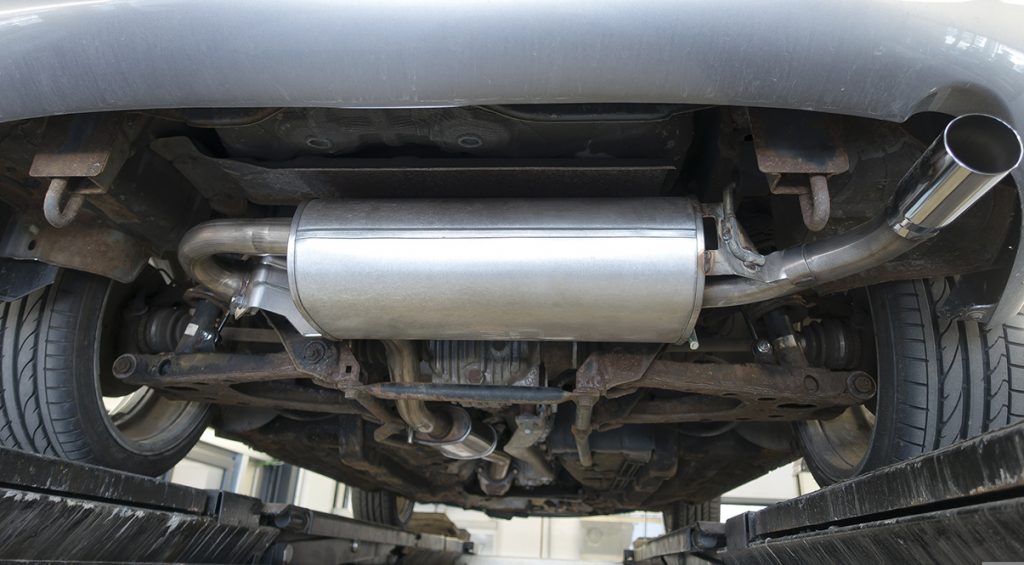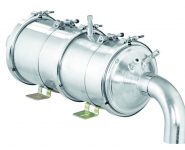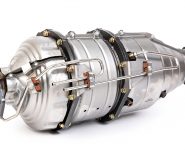THE IMPORTANCE OF DIESEL PARTICULATE FILTERS
Air quality is a major focus of today’s vehicle design

In 1992 in Europe the first emission standard was introduced – Euro 1.
Australia has lagged somewhat behind Europe in adopting vehicle emission regulations, but in November 2013 Australia adopted Euro 5, which had been adopted in Europe in 2009.
In November of 2022, the European Commission proposed the introduction of Euro 7 standards, whereas Australia is still on the equivalent Euro 5 standard.
The main reason for these standards is to improve our air quality because noxious emissions from vehicle exhausts can cause serious health issues from asthma to lung disease, cancer and heart disease.
DPF Australia says that using a Diesel Particulate Filter (DPF) can reduce these health risks.
Since diesel vehicles and petrol vehicles are inherently different in their combustion methods and the make-up of their fuel, the way each is regulated to comply with Australian Design Regulations (ADRs) differs.
With diesels, Diesel Particulate Filters (DPF) and Diesel Oxygen Cats (DOC) were introduced to remove the ‘nasties’ from the exhaust gases.
Soot and nitrogen oxide (NOx) are two of these ‘nasties’ and these are catalysed by the DOC or trapped by the DPF so they do not escape into the atmosphere, instead remaining trapped in the DPF for the “life” of the vehicle.
NOx is formed in diesel engines due to high temperatures and high oxygen concentrations. Particulate matter, which is mainly carbon nanoparticles from partially burnt fuel, is formed when temperature and oxygen concentrations are low.
There are several ways to reduce emissions, but each has its own technical problems.
Exhaust gas recirculation (EGR) returns a portion of the exhaust gas to the engine’s air intake, reducing the amount of air (hence oxygen) entering the cylinders. This also reduces cylinder temperatures, all of which helps cut NOx emissions.
The downsides are a reduction in fuel economy and therefore an increase in CO₂ emissions, as well as reduced power and an increase in particulate matter.
The system is also prone to fouling by particulate matter and maintenance costs can be increased.
Low pressure EGR systems are a way of reducing fouling as this system draws exhaust gas from after the DPF, meaning that the EGR gas has been filtered.
DPF Australia says DPFs are widely recognised as the most practical way to meet the 80 percent reduction in particulate matter emissions required by the Euro 5 standard.
While DPFs capture and store emission ‘nasties,’ there comes a time when the ceramic filter in a DPF can hold no more particles, though generally this takes between 200,000 and 300,000 kilometres.
DPF Australia warns this number is drastically reduced if the vehicle is not serviced regularly or well. Another problem is a diesel vehicle that is only doing short runs, as it is unable to heat up its exhaust to the right temperature.
If you have a query about DPFs, then DPF Australia offers extensive technical knowledge of DPFs specifically with respect to Australian road conditions and local diesel fuel blends.
For more information, visit www.dpfaustralia.com.au








